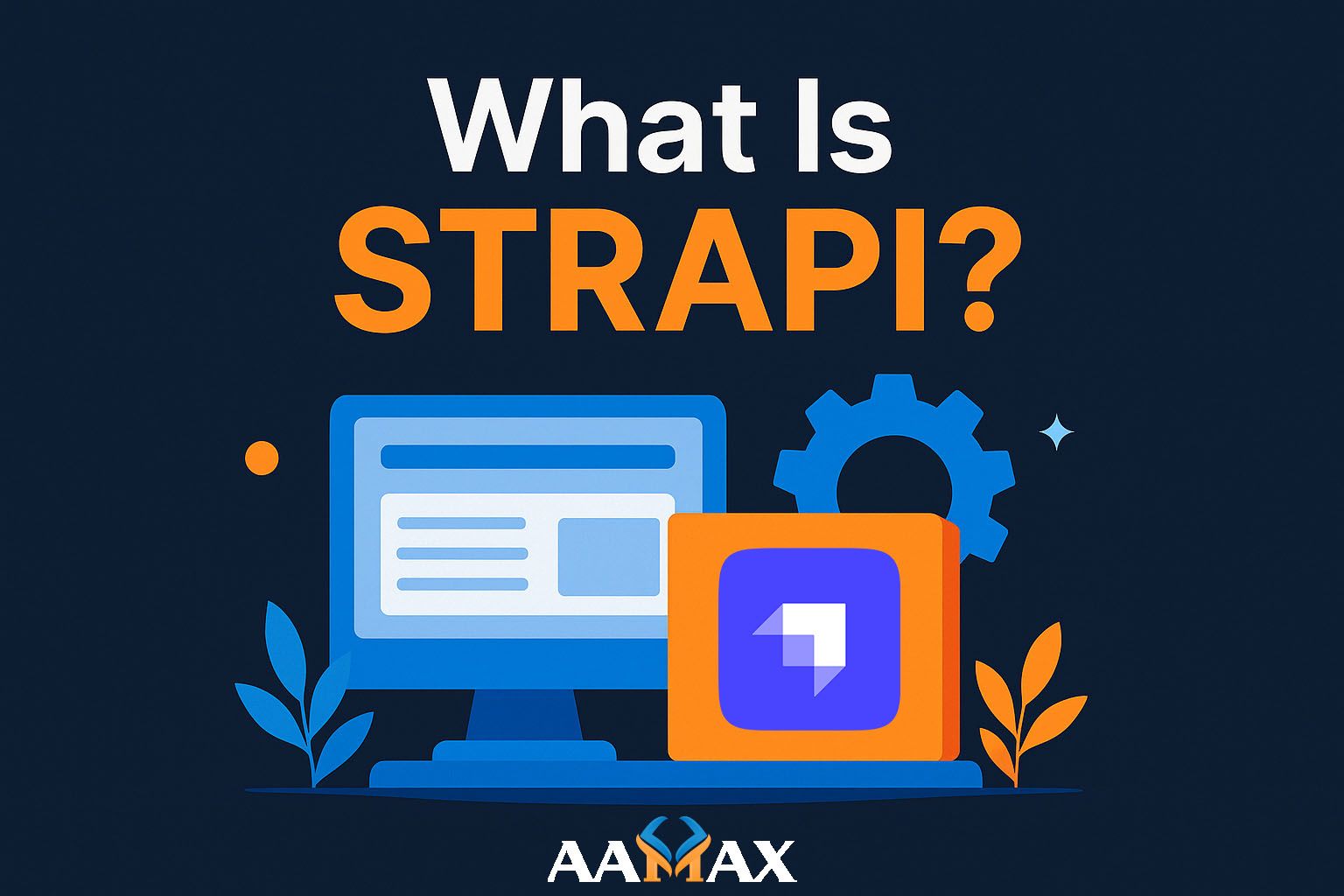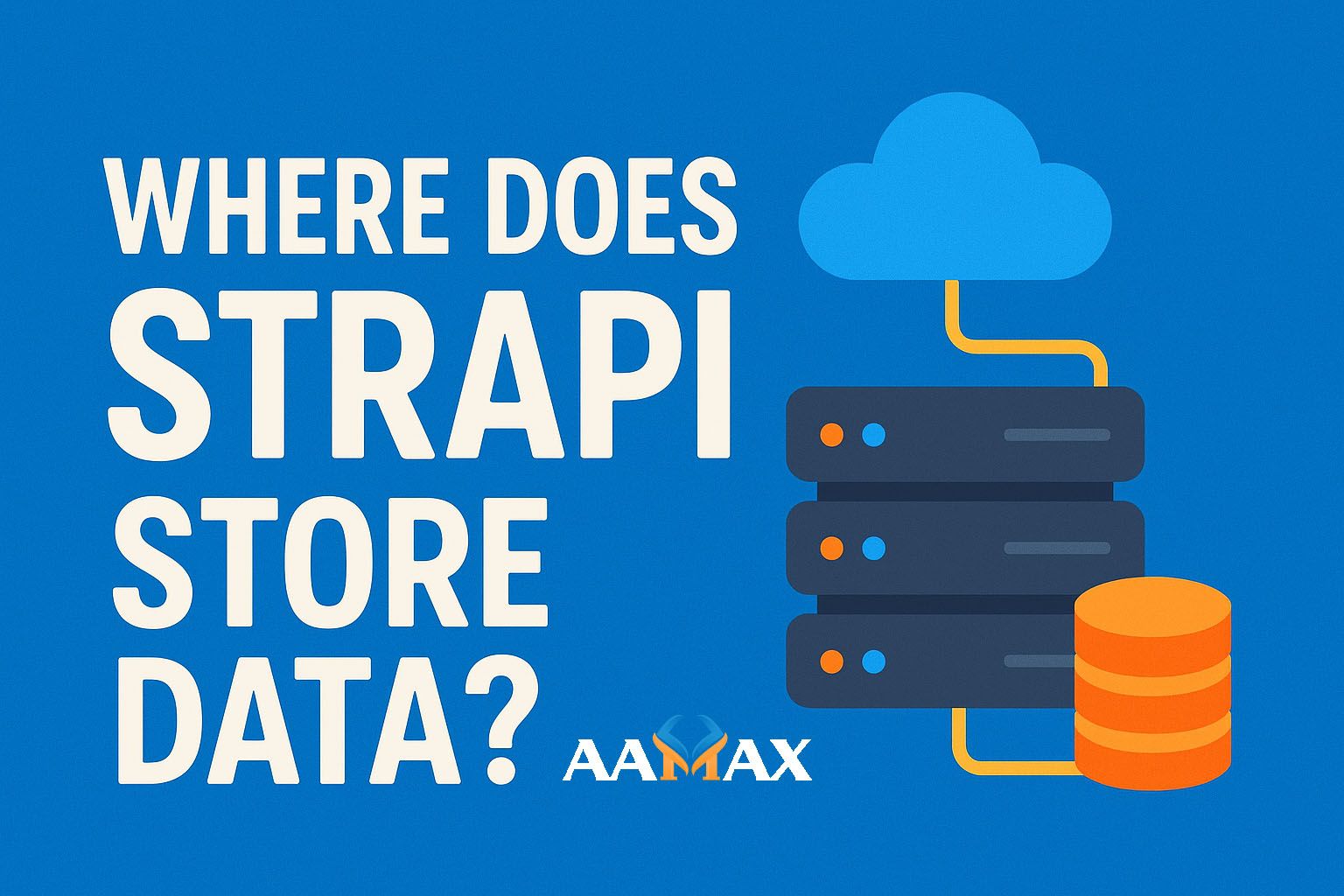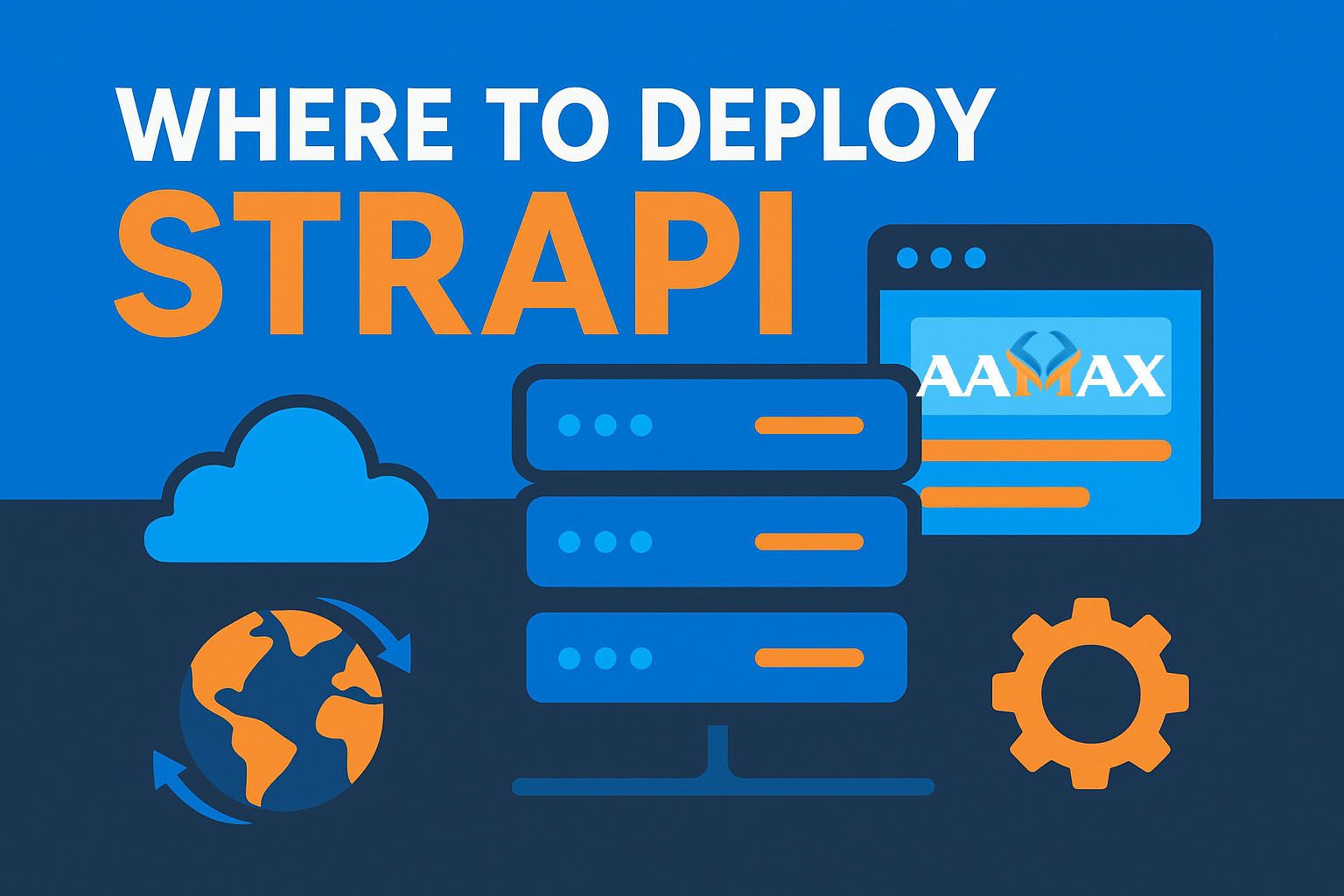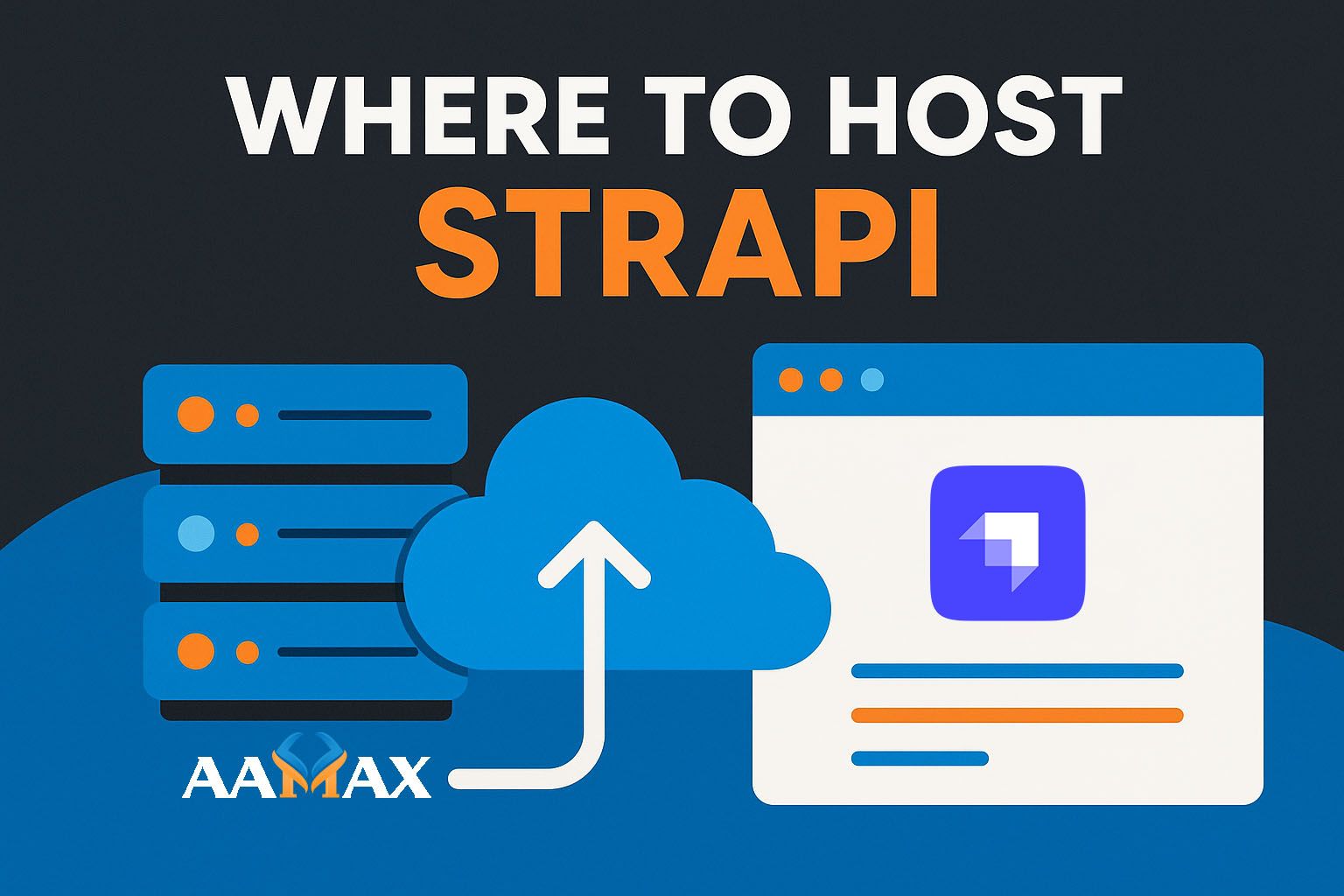
What Is Strapi
In today's fast‑paced digital environment, developers require tools that are flexible, scalable, and efficient. Traditional CMS platforms often struggle to keep up with the demands of modern applications---especially those built using JavaScript‑based frameworks. This is where Strapi, a powerful open‑source headless CMS, steps in. Built entirely on Node.js, Strapi enables developers to create robust APIs quickly and efficiently, making content management seamless and highly customizable.
Companies of all sizes use Strapi because it offers full control over backend customization, database relationships, and API architecture. Whether you're building a mobile application, eCommerce store, automated workflow, or enterprise‑grade platform, Strapi provides the perfect framework to manage structured and unstructured content.
This in‑depth article will explore what Strapi is, how it works, its features, use cases, benefits, architecture, and why businesses choose it for modern software development. If your organization requires expert help with MERN Stack or Strapi‑based development, you can also AAMAX---a full‑service digital marketing and development company specializing in Web Development, Digital Marketing, and SEO Services.
What Is Strapi?
Strapi is an open‑source, headless, API‑first content management system (CMS) built with Node.js. It enables developers to build highly customizable backend systems and serve content via REST or GraphQL APIs. Unlike traditional monolithic CMS platforms such as WordPress or Drupal, Strapi provides only the backend interface and API layer. Developers can connect this backend to any frontend technology---React, Next.js, Vue, Angular, mobile apps, IoT devices, and more.
The philosophy behind Strapi is simple:
- Provide complete freedom in database structure\
- Allow developers to customize everything\
- Offer a user‑friendly admin panel\
- Deliver a fast and flexible API architecture
By separating the front‑end from the back‑end, Strapi empowers developers to build scalable, modern applications without limitations.
Why Developers Love Strapi
Strapi has become one of the most popular headless CMS solutions worldwide. The reason? It gives developers full control---something most CMS platforms fail to deliver.
1. Fully Customizable
Strapi's codebase is open‑source. Every model, controller, route, and policy can be altered to fit your project's needs. Developers can create custom logic with ease, allowing Strapi to support simple and complex applications.
2. Self‑Hosted or Cloud‑Hosted
Unlike SaaS‑based CMS systems, Strapi can be deployed anywhere:
- VPS servers\
- AWS\
- GCP\
- Azure\
- DigitalOcean\
- Docker containers
This ensures complete data ownership and eliminates vendor lock‑in.
3. API‑First Architecture
Strapi automatically generates REST and GraphQL endpoints for all your collections and APIs. This helps developers quickly prototype, test, and deploy applications without writing repetitive API code.
4. User‑Friendly Admin Dashboard
The admin panel is intuitive and modular. Content editors can update website or app content without relying on technical teams.
5. Flexible Database Support
Strapi supports multiple databases:
- MongoDB\
- PostgreSQL\
- MySQL\
- MariaDB\
- SQLite
This makes it suitable for everything from rapid prototypes to enterprise‑grade platforms.
How Strapi Works
Strapi's architecture is designed to be simple yet powerful. Here's how the platform operates internally:
### 1. Content Types Builder
Strapi allows you to build:
- Collection Types (multiple entries)\
- Single Types (single unique entries)\
- Components (reusable content blocks)\
- Dynamic Zones (flexible content sections)
All of these can be modeled visually without writing code, and Strapi automatically generates the required CRUD endpoints.
2. Role‑Based Access Control
Strapi includes RBAC features that help you control:
- Which users can access admin features\
- Which users can modify content\
- Which API routes can be accessed publicly
This is especially critical for enterprise applications requiring granular permissions.
3. Customizable API System
Strapi auto‑generates REST and GraphQL APIs, but developers can override:
- Controllers\
- Routers\
- Services\
- Policies
This makes the system highly extensible.
4. Plugin Ecosystem
Strapi includes core plugins such as:
- Users & Permissions\
- Upload (image and file handling)\
- Email Delivery\
- Internationalization (i18n)\
- Media Library
Developers can also build their own plugins to extend the platform's capabilities.
Key Features of Strapi
Below are the most popular features that have made Strapi a favorite among modern developers:
### 1. Headless CMS Functionality
Strapi delivers content through APIs rather than templates. This "decoupled" approach allows content to be reused across multiple devices and applications.
2. GraphQL Support
GraphQL support is available through a plugin, enabling faster and more efficient data queries.
3. Media Asset Handling
The Upload plugin lets you store images locally or on cloud providers like:
- AWS S3\
- Cloudinary\
- Google Cloud Storage\
- Azure Blob Storage
4. Internationalization
With built‑in i18n support, Strapi helps you create multilingual content---perfect for global businesses.
5. High Performance
Since Strapi is built on Node.js, it inherits its non‑blocking I/O, ensuring fast performance even under heavy traffic.
Real‑World Use Cases of Strapi
Strapi is used in multiple industries due to its flexibility. Some common scenarios include:
### 1. Web Applications
Developers often use Strapi with frontend frameworks like React, Vue, or Angular to build dynamic and scalable websites.
2. eCommerce Platforms
Strapi can serve as the backend for eCommerce systems, managing:
- Products\
- Categories\
- Orders\
- Customer data
It integrates well with tools like Next.js and Shopify Storefront APIs.
3. Mobile Applications
Strapi's API‑first nature makes it perfect for mobile app backends (iOS and Android).
4. SaaS Platforms
Strapi can power dashboards, analytics tools, and multi‑tenant architectures.
5. Digital Publishing
Media companies use Strapi to manage editorial workflows, article publishing, and content distribution.
Strapi vs Traditional CMS Platforms
Strapi differs significantly from traditional CMS systems. Here's a comparison:
Feature Strapi WordPress Drupal
Headless Yes Optional Optional Architecture
Tech Stack Node.js PHP PHP
API Support REST & GraphQL REST API optional REST
Customization High Medium High
Deployment Fully Hosting required Hosting required self‑hosted
Admin Panel Modern & Older UI Complex intuitive
Ideal Use Case Modern web & app Blogging & small sites Enterprise development
Benefits of Using Strapi for Modern Development
### 1. Faster Development Cycles
Developers can build backend systems rapidly without writing repetitive boilerplate code.
2. Reusable Content
Content stored in Strapi can be delivered across:
- Websites\
- Mobile apps\
- Smart devices\
- Digital displays
3. Improved Security
Self‑hosting ensures you maintain control over user data and APIs.
4. Cost‑Effective
No licensing fees---Strapi is 100% open source.
5. Modern Tech Stack
Built on Node.js, Strapi supports modern workflows, CI/CD pipelines, and scalable architectures.
Strapi for MERN Stack Development
Strapi integrates beautifully with the MERN stack (MongoDB, Express, React, Node.js). It replaces the need to build custom Express APIs manually, enabling developers to:
- Manage content efficiently\
- Create dynamic websites\
- Reduce development time\
- Maintain cleaner codebases
For businesses seeking high‑end MERN development, hiring experienced professionals is crucial. Agencies like AAMAX offer specialized MERN Stack Development, Web Development, Digital Marketing, and SEO services to help businesses scale quickly and efficiently.
How Strapi Improves Business Operations
Strapi is not only a developer‑friendly CMS---it is also a business‑friendly solution. Companies choose Strapi because it:
- Reduces project timelines\
- Simplifies content management\
- Supports enterprise workflows\
- Offers multi‑environment support\
- Works seamlessly with cloud hosting
Additionally, Strapi can power front‑end frameworks popular in modern digital landscapes such as Next.js, Nuxt.js, and Astro.
When Should You Choose Strapi?
Strapi is ideal if your project requires:
- High customization\
- Scalable backend architecture\
- Multichannel content distribution\
- Secure and self‑hosted data management\
- Integration with JavaScript frameworks
If your business needs flexibility and speed, Strapi is a strong contender for your development stack.
Conclusion
Strapi is a modern, open‑source, headless CMS that provides developers with exceptional flexibility, performance, and customization. Whether you are building a marketing website, a mobile application, an eCommerce platform, or a SaaS product, Strapi gives you the freedom to design backend structures exactly the way you want.
Its intuitive admin dashboard, automatic API generation, and compatibility with modern JavaScript frameworks make it an essential tool in 2025 and beyond.
If you're looking to integrate Strapi or build a large‑scale MERN Stack Development, you can hire AAMAX---a trusted full‑service provider offering expert Web Development, Digital Marketing, and SEO services.
Strapi is the future of content management, and businesses adopting it today gain a competitive advantage in scalability, performance, and innovation.






